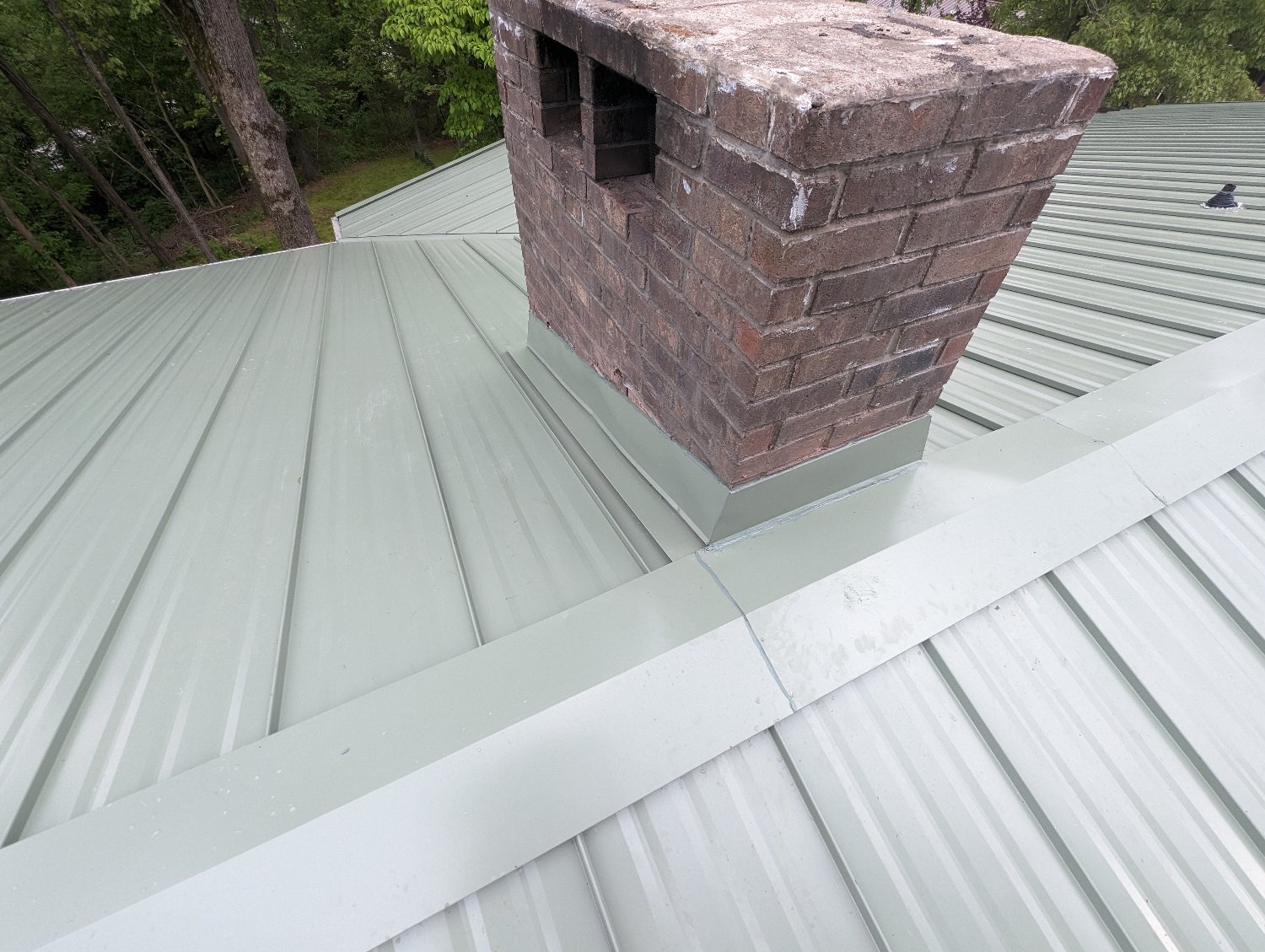Edit: Resolved. Decorative brick is actually a chase and doesn't need to be completely filled in. Thanks to @Death_Equity@lemmy.world for advice on rebuilding the crown.
I have a double sided wood burning brick fireplace which is honestly just a big collection of code violations. It was converted to propane shortly after -- I'm assuming -- the people who built the house 50 years ago discovered that it smoked badly in the house. I fixed all the major issues with the firebox and smoke chamber and converted it back to wood burning this past winter.
I had a new steel cap fabricated to replace the old brick and concrete cap, which I removed. During this process, I discovered that the brick is basically just a facade. There are huge gaps on either side of the flues which are encased in 4" cinder blocks. My understanding of fire code (at least in the US) for masonry fireplaces is that the material surrounding the flue is not permitted to have any gaps in it. NFPA says all gaps in the brick should be filled with mortar. However, I'm not sure what to do with a gap this large. I'm not sure if filling it with mortar or concrete is an option. I've considered installing a steel flue liner but those are expensive and there are two flues. I'm also concerned about steel liners changing the draft characteristics since the chimney is on the short side.
If money were no object, I would tear this thing out and put a more efficient steel insert in but that is cost prohibitive.
Anyone have any experience fixing something like this?

